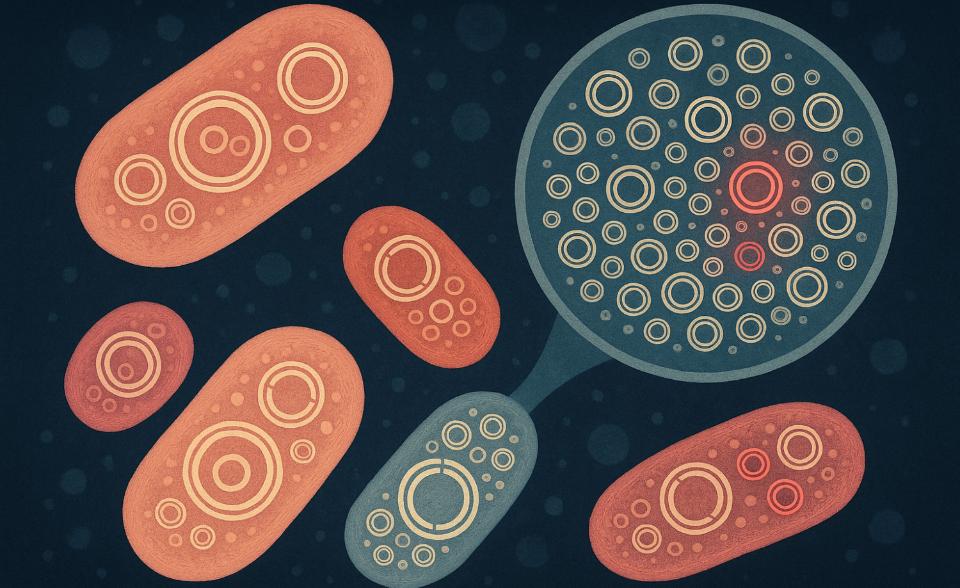-
Date:
08 May 2025
-
Location:
Room 2.2.14 - Faculty of Sciences of the University of Lisbon & Online
-
Schedule:
12h00 (Lisbon time)
-
Lecturer or Responsible:
João Rebelo (CE3C-GenMicro)

Online access • LINK
Password • scientia
Bacterial communities are known for their highly uneven distribution of abundance, with a few dominant taxa coexisting with a large number of low abundance species that perform essential ecological functions. Does this mean plasmids, ubiquitous in bacteria, follow the same pattern?
After analysing a large plasmid dataset of more than 50,000 plasmids, we found that they do indeed follow a similar pattern. However, the distribution of plasmids does not follow directly from the distribution of hosts. We found that most plasmids are organised into a large number of rare plasmid taxonomic units, which contain a much higher diversity than the common taxonomic units, including virulence genes. These results highlight the need for future studies to include these rare plasmids to fully explore their functional potential.

